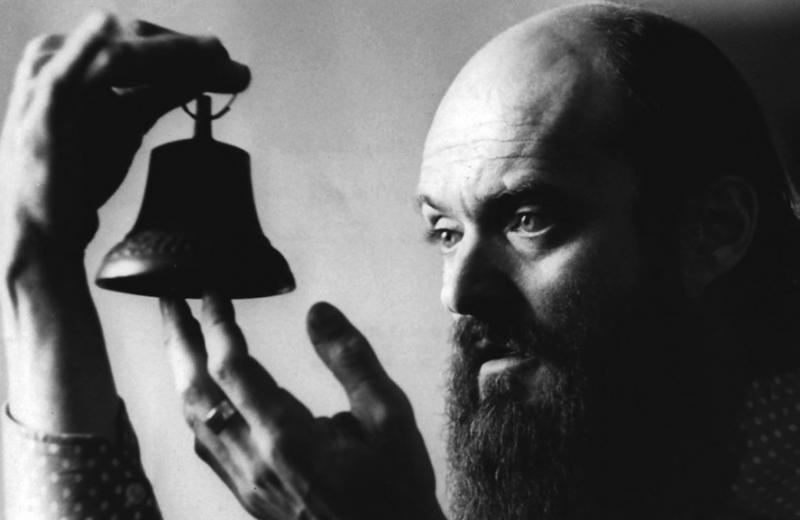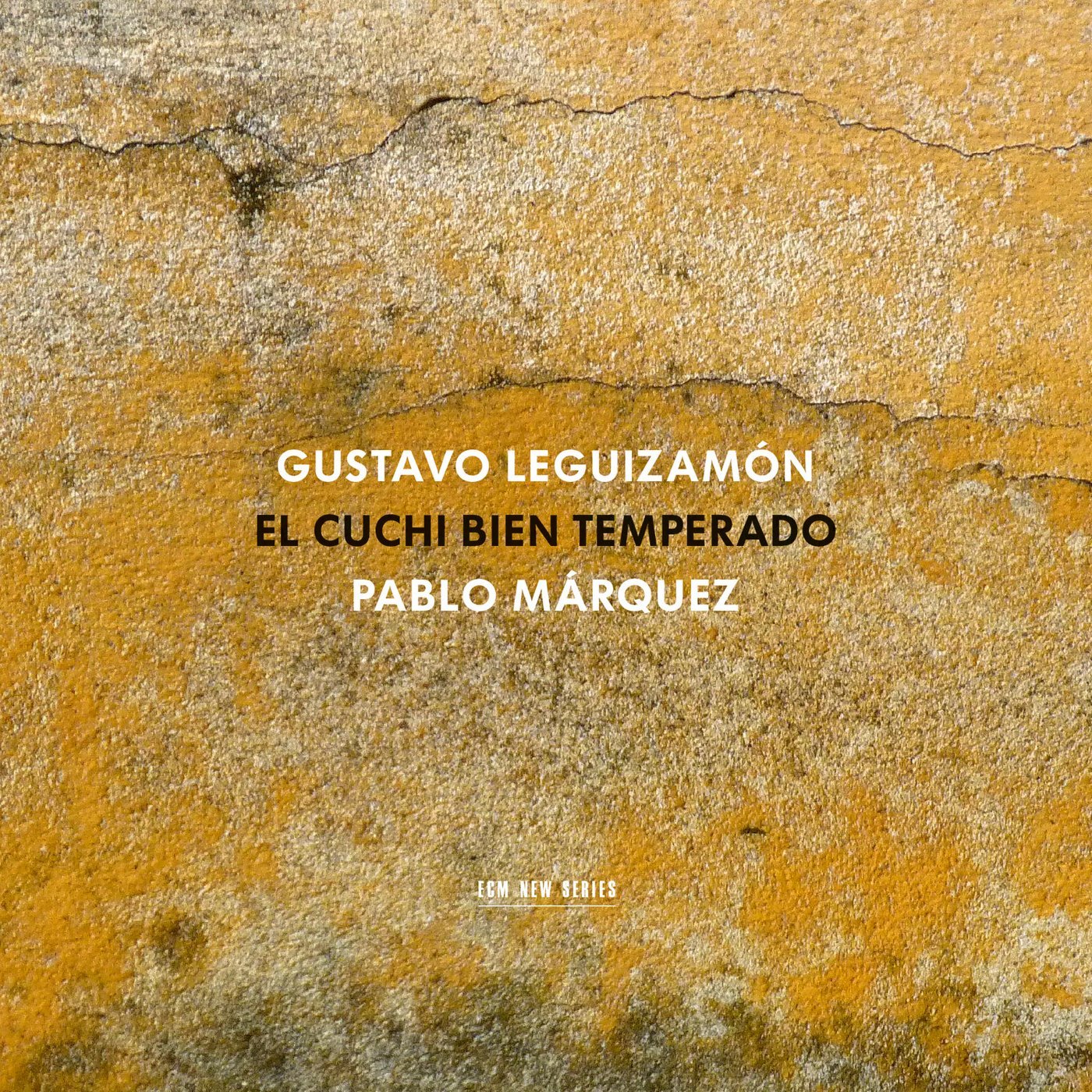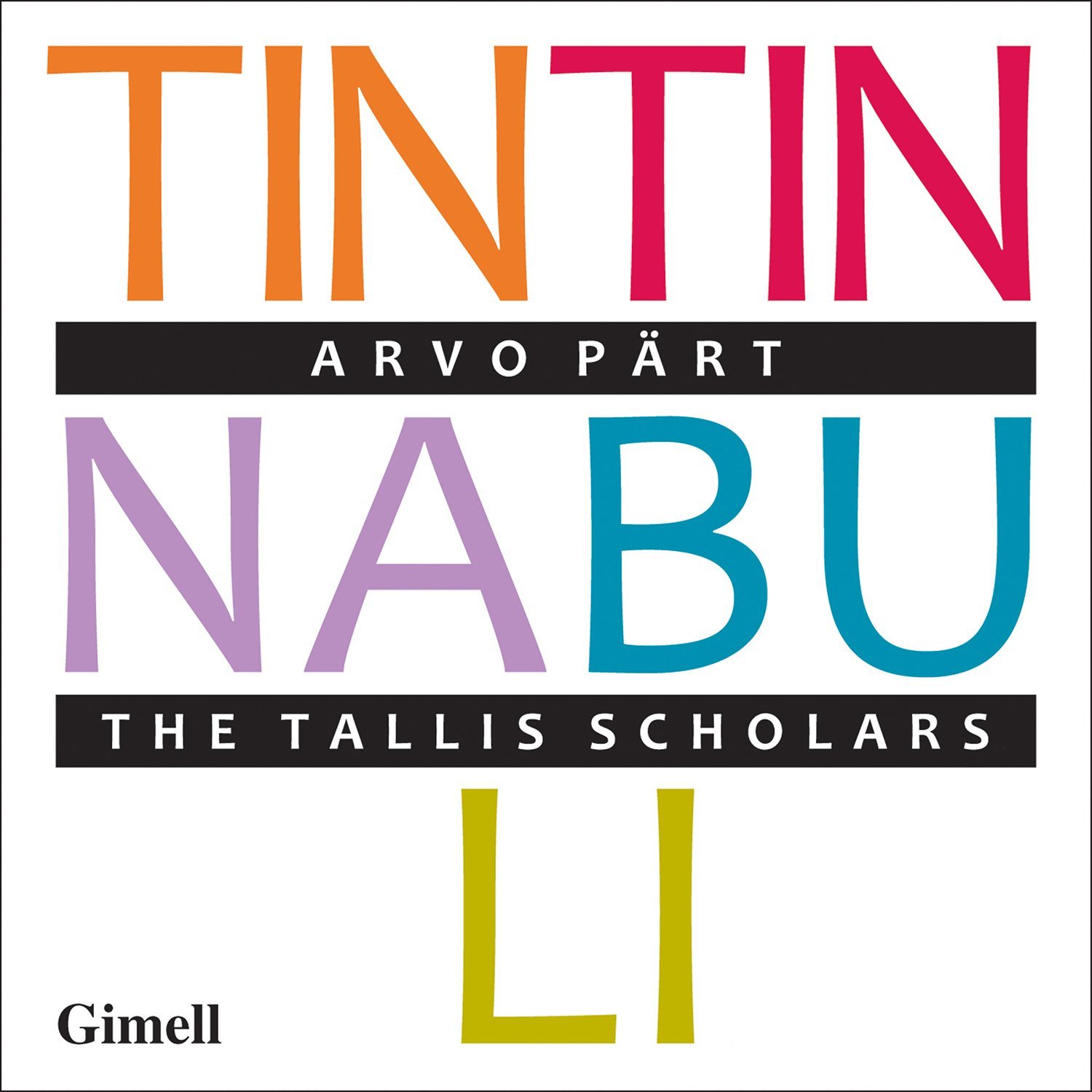Classical CDs Weekly: Dvořák, Gustavo Leguizamón, Pärt | reviews, news & interviews
Classical CDs Weekly: Dvořák, Gustavo Leguizamón, Pärt
Classical CDs Weekly: Dvořák, Gustavo Leguizamón, Pärt
A popular symphony, guitar music from Argentina and choral delights from the holiest of minimalists


A quick check at one online CD retailer brings up 22 pages of New World Symphonies, and a full iTunes perusal involves a lot of downward scrolling. Do we need another one? If it's good, yes, and Robin Ticciati's new version of Dvořák 9 has lots going for it. He's got a brilliant ear for detail which rarely derails the music's forward momentum. The often inaudible viola line accompanying the cellos' lament is present at the start, and the Bamberg winds ooze character. Dvořak's moody introduction broods, allowing the Allegro molto to take flight. Good too to hear the accompanying string semiquavers clearly articulated, not just a background blur. This is a performance that has you rushing to the score, spotting things you've never noticed before. The Largo's brass chords have stunning depth, preparing us for one of the best cor anglais solos on disc. Ticciati's Scherzo has more charm than menace, with a wonderfully witty trio section. Only the finale's closing pages disappoint slightly, the reprise of the brass chords sounding a little perfunctory. The closing seconds are great, though, Dvořák's last chord a poignant signing off.
Ticciati's coupling is Dvořák's American Suite, the nifty orchestral transcription of a piano work composed immediately after the symphony. The dance movements sound as much Czech as American, and they fizz here. The Bamberg percussionists acquit themselves nicely – how often do you notice such a well-played triangle? There's a sublime oboe solo at the start of the Andante, and the fifth movement Allegro has all the raucous dynamism missing from the symphony's finale. An attractive disc, magnificently played and warmly recorded.
Argentinian composer Gustavo 'Cuchi' Leguizamón lived in the north western city of Salta, dying there in his 80s in 2000. He's remembered as a prolific, inventive writer of zambas and chacareras – popular Argentinian dance forms, and he's possibly the only musician nicknamed after a dialect word for pig. Leguizamón was a polymath. A cosmopolitan composer who admired the music of Ravel, Mahler, Stravinsky and Schoenberg, he also worked as a lawyer and teacher – guitarist Pablo Márquez describes encountering him as a high school history teacher. Márquez's delightful recital assembles 17 short pieces – eight zambas interspersed with other dance forms – giving us El Cuchi bien temperado, as Márquez has arranged the pieces so that they cover a variety of key signatures. He uses a range of tricky alternate tunings, and, as a centrepiece, gives us Leguizamón's freely atonal but entirely listener-friendly "Chacarera del holgado".
None of this should put any listener off; Márquez's careful planning isn't an attempt to give these pieces an air of respectability. He freely admits that he's not a folk musician, but his playing is faultless throughout. Good enough to suggest to the casual listener that he's improvising on the spot. Listen carefully and you'll notice Leguizamón's musical sophistication. These works are full of unusual modulations and playful rhythms. There are occasional fireworks, but this music's at its best when it draws you in with the slightest of gestures – the haunting, quiet phrase at the start of “Zamba del carnaval”, or the sombre, stately opening of “Corazonando”. The sound is beautifully balanced – and it's easier to appreciate Márquez's artistry when you can hear the physical effort involved. Interesting notes, too, in the form of an illuminating, discursive interview with the soloist. Plus attractive ECM sleeve art which isn't monochrome.
“No music being written today makes a more satisfying match with Renaissance polyphony than the sacred compositions of Arvo Pärt,” writes The Tallis Scholars' Peter Phillips, going on to prove the point in some style on this magnificent disc, where Pärt's music is sung with two voices to a part. The resultant clarity also owes much to this choir's distinctly English sound, and to the fact that the recording, made in the Chapel of Merton College, is closeish and never over-resonant. Instead of ambient, new-age mush, we get brightness and warmth. The first of the Sieben Magnificat-Antiphonen is typical; its opening diatonic chord like stepping into sunlight. Pärt can achieve miracles with very simple means, and his unfussy subtleties are brilliantly exposed here. Phillips's nailling of what makes this music work never detracts from its genius – there's no counterpoint, no fancy modulating and a stateliness of pace which never gets dull.
The Tallis basses are on fine form. The repeated low C sharps at the close of the tiny Nunc dimittis are superb, and they're magical in a tiny, squelchy cadence near the close of Tribute to Caesar. Four of these works are settings of Biblical texts in English. The effect is occasionally unsettling, the words unfeasibly stretched out but always remaining audible, despite Pärt's characteristic shifts of pitch. Listen through decent speakers or headphones and enjoy consecutive words emerging from different voices and registers. A wonderful achievement: both spiritually and musically refreshing, and the most enjoyable, accessible Pärt collection I've come across. Good cover too.
Explore topics
Share this article
The future of Arts Journalism
You can stop theartsdesk.com closing!
We urgently need financing to survive. Our fundraising drive has thus far raised £49,000 but we need to reach £100,000 or we will be forced to close. Please contribute here: https://gofund.me/c3f6033d
And if you can forward this information to anyone who might assist, we’d be grateful.

Subscribe to theartsdesk.com
Thank you for continuing to read our work on theartsdesk.com. For unlimited access to every article in its entirety, including our archive of more than 15,000 pieces, we're asking for £5 per month or £40 per year. We feel it's a very good deal, and hope you do too.
To take a subscription now simply click here.
And if you're looking for that extra gift for a friend or family member, why not treat them to a theartsdesk.com gift subscription?
more Classical music
 Hallé John Adams festival, Bridgewater Hall / RNCM, Manchester review - standing ovations for today's music
From 1980 to 2025 with the West Coast’s pied piper and his eager following
Hallé John Adams festival, Bridgewater Hall / RNCM, Manchester review - standing ovations for today's music
From 1980 to 2025 with the West Coast’s pied piper and his eager following
 Kaploukhii, Greenwich Chamber Orchestra, Cutts, St James's Piccadilly review - promising young pianist
A robust and assertive Beethoven concerto suggests a player to follow
Kaploukhii, Greenwich Chamber Orchestra, Cutts, St James's Piccadilly review - promising young pianist
A robust and assertive Beethoven concerto suggests a player to follow
 Robin Holloway: Music's Odyssey review - lessons in composition
Broad and idiosyncratic survey of classical music is insightful but slightly indigestible
Robin Holloway: Music's Odyssey review - lessons in composition
Broad and idiosyncratic survey of classical music is insightful but slightly indigestible
 Classical CDs: Wolf-pelts, clowns and social realism
British ballet scores, 19th century cello works and contemporary piano etudes
Classical CDs: Wolf-pelts, clowns and social realism
British ballet scores, 19th century cello works and contemporary piano etudes
 Bizet in 150th anniversary year: rich and rare French offerings from Palazzetto Bru Zane
Specialists in French romantic music unveil a treasure trove both live and on disc
Bizet in 150th anniversary year: rich and rare French offerings from Palazzetto Bru Zane
Specialists in French romantic music unveil a treasure trove both live and on disc
 Scottish Chamber Orchestra, Ibragimova, Queen’s Hall, Edinburgh review - rarities, novelties and drumrolls
A pity the SCO didn't pick a better showcase for a shining guest artist
Scottish Chamber Orchestra, Ibragimova, Queen’s Hall, Edinburgh review - rarities, novelties and drumrolls
A pity the SCO didn't pick a better showcase for a shining guest artist
 Kilsby, Parkes, Sinfonia of London, Wilson, Barbican review - string things zing and sing in expert hands
British masterpieces for strings plus other-worldly tenor and horn - and a muscular rarity
Kilsby, Parkes, Sinfonia of London, Wilson, Barbican review - string things zing and sing in expert hands
British masterpieces for strings plus other-worldly tenor and horn - and a muscular rarity
 From Historical to Hip-Hop, Classically Black Music Festival, Kings Place review - a cluster of impressive stars for the future
From quasi-Mozartian elegance to the gritty humour of a kitchen inspection
From Historical to Hip-Hop, Classically Black Music Festival, Kings Place review - a cluster of impressive stars for the future
From quasi-Mozartian elegance to the gritty humour of a kitchen inspection
 Shibe, LSO, Adès, Barbican review - gaudy and glorious new music alongside serene Sibelius
Adès’s passion makes persuasive case for the music he loves, both new and old
Shibe, LSO, Adès, Barbican review - gaudy and glorious new music alongside serene Sibelius
Adès’s passion makes persuasive case for the music he loves, both new and old
 Anja Mittermüller, Richard Fu, Wigmore Hall review - a glorious hall debut
The Austrian mezzo shines - at the age of 22
Anja Mittermüller, Richard Fu, Wigmore Hall review - a glorious hall debut
The Austrian mezzo shines - at the age of 22
 First Person: clarinettist Oliver Pashley on the new horizons of The Hermes Experiment's latest album
Compositions by members of this unusual quartet feature for the first time
First Person: clarinettist Oliver Pashley on the new horizons of The Hermes Experiment's latest album
Compositions by members of this unusual quartet feature for the first time

Add comment